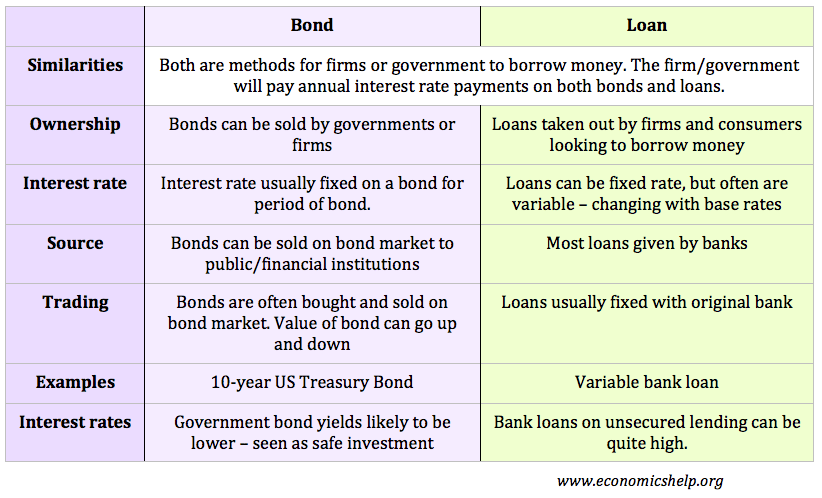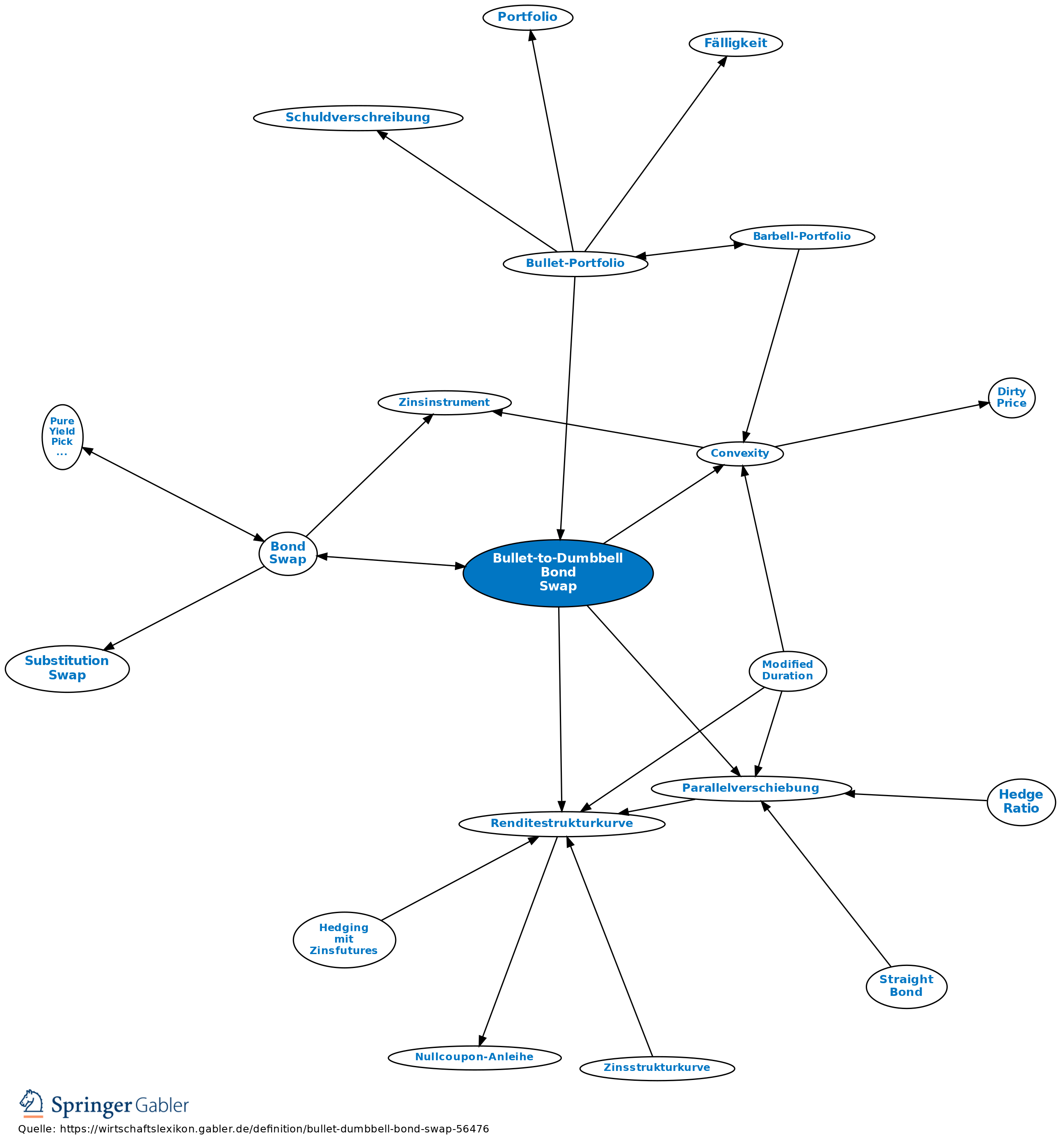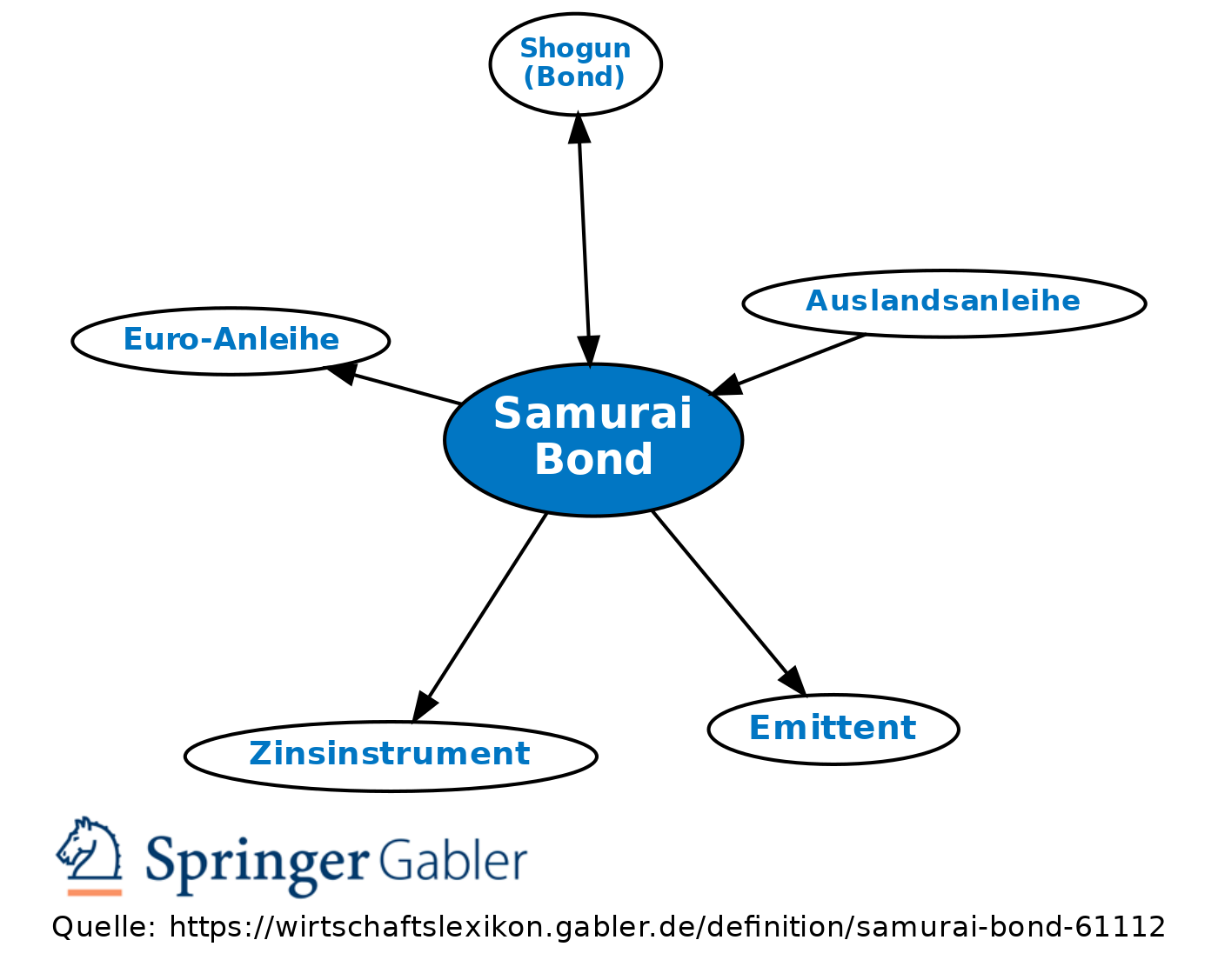Table of Content
You might really find bonds with a higher period a beautiful funding in an surroundings of falling interest rates. When there’s volatility, bonds with low length and high coupons can be greatest. It all is dependent upon your threat desire, your holding interval, and your goals. Bonds with high duration are more susceptible to the ups and downs of market volatility that occurs in an surroundings of adjusting rates of interest.

Simply put, duration danger is the sensitivity of a bond’s value to 1 per cent change in rate of interest. Therefore, longer the length, higher is the sensitivity to rate of interest modifications. The worth fluctuations, whether optimistic or negative, is more pronounced. It is necessary to grasp bond length because it helps buyers to find out how their investment in a bond will affect their portfolio. An understanding of bond duration is necessary for traders who want to promote their bond investments before maturity. Relative to the Macaulay period, the modified length metric is a more exact measure of value sensitivity.
Duration For Gap Administration
While the statistic calculates a linear relationship between worth and yield modifications in bonds, in reality, the relationship between the adjustments in value and yield is convex. Institutions with future fixed obligations, similar to pension funds and insurance corporations, differ from banks in that they function with an eye in direction of future commitments. For instance, pension funds are obligated to maintain sufficient funds to offer staff with a move of income upon retirement. As rates of interest fluctuate, so do the value of the property held by the fund and the speed at which these assets generate income.

The length of a bond does not symbolize the period for which an investor holds a bond. Instead, it refers to the relationship between the worth of a bond and rates of interest of the bond after contemplating its totally different characteristics such as yield, coupon price, maturity, etc. As a bond’s duration rises, its interest rate risk additionally rises as a end result of the influence of a change in the rate of interest environment is bigger than it will be for a bond with a smaller length.
What Is Duration Risk?
Macaulay duration measures how long it'll take so that you simply can obtain payouts equivalent to a bond’s worth, and modified period measures the sensitivity of a bond’s value to adjustments in interest rates. Duration can measure how lengthy it takes, in years, for an investor to be repaid a bond’s worth by the bond’s total money flows. Duration can also measure the sensitivity of a bond’s or mounted revenue portfolio’s price to changes in interest rates. Spread length is the sensitivity of a bond's market worth to a change in option-adjusted unfold . The chart beneath exhibits how a bond with a 5% annual coupon that matures in 10 years would have an extended period and would fall more in price as interest rates rise than a bond with a 5% coupon that matures in 6 months .

Typically, for every year of modified period, a one hundred foundation level increase in interest rates would result within the price of a bond declining by about 1%. Thus, for a bond with a length of 7 years, if rates of interest have been to increase by 100 foundation factors, the worth of the bond would drop by 7% . Bonds that have lower duration are more stable against interest rate fluctuations. Fisher–Weil duration is a refinement of Macaulay’s duration which takes into consideration the time period structure of interest rates. Fisher–Weil duration calculates the current values of the relevant cashflows by using the zero coupon yield for every respective maturity. Macaulay duration uses both principal and interest when weighting money flows.
What Is Duration?
So if you have a $1,000 bond with a 5% coupon, you will earn $50 of interest from the bond every year (5% of $1,000). The outcomes obtained from this model are in the type of a share. As talked about above, the upper this proportion is, the upper the inverse relationship between the value of a bond and the rates of interest will be. The greater the period is, the higher is its susceptibility to adjustments in rates of interest.
In extra technical phrases, bond length is measurement of interest rate risk. Understanding bond period can help buyers decide how bonds fit in to a broader investment portfolio. Most bond investors know that interest rate adjustments can affect the worth of their mounted income holdings. How a bond or bond fund's worth is more likely to be impacted by rising or falling rates is greatest measured by period.
Formulation And Calculation Of Modified Period
The yield to maturity represents the annual return realized on a bond that is held to maturity. Then, enter the bond's par worth, market worth, coupon price, maturity, and fee frequency to get your YTM.YTM shall be expressed as a proportion. For the purpose of later calculations, you will need to convert this proportion to a decimal. Duration is a measure of a security’s price sensitivity to modifications in interest rates.

Bonds may help diversify your portfolio and decrease your general danger. Working with a financial advisor might help you diversify in a method that meets your threat tolerance and financial wants. Finding the right monetary advisor that fits your wants doesn’t need to be hard. SmartAsset’s free tool matches you with monetary advisors in your space in 5 minutes. If you’re ready to be matched with local advisors that may help you obtain your financial objectives, get started now.
Interest rate modifications don’t have an effect on maturity and time to maturity. The modified period figure indicates the proportion change within the bond’s value given an X% interest rate change. Unlike the Macaulay length, modified duration is measured in percentages. Banks employ gap management to equate the durations of belongings and liabilities, effectively immunizing their overall position from rate of interest movements.
Specialties include basic financial planning, career development, lending, retirement, tax preparation, and credit score. James Chen, CMT is an expert dealer, funding adviser, and international market strategist. He has authored books on technical analysis and overseas change trading published by John Wiley and Sons and served as a visitor skilled on CNBC, BloombergTV, Forbes, and Reuters among other monetary media. They usually have a face worth, which is the quantity the bond might be worth at maturity.
(However, you will nonetheless obtain the par worth of the bond as soon as it reaches maturity.) These modifications in price drive investors to contemplate period. Duration tells them how a bond’s worth may fluctuate, both up or down, sooner or later. Knowing how worth might change over time lets you attempt being profitable from the acquisition and sale of bonds. Key rate durations are a natural extension of the total modified duration to measuring sensitivity to shifts of various parts of the yield curve. Key price durations may be outlined, for instance, with respect to zero-coupon charges with maturity '1M', '3M', '6M', '1Y', '2Y', '3Y', '5Y', '7Y', '10Y', '15Y', '20Y', '25Y', '30Y'.

Thus for Fixed Period Hybrid ARM mortgages, for modeling purposes, the complete fastened interval ends on the date of the final fastened fee or the month prior to reset. This represents the bond discussed within the instance below - two year maturity with a coupon of 20% and constantly compounded yield of 3.9605%. If these circles have been placed on a balance beam, the fulcrum of the beam would characterize the weighted average distance , which is 1.78 years in this case. Understanding duration is particularly important for these who are planning on promoting their bonds prior to maturity. If you buy a 10-year bond that yields 4% for $1,000, you'll nonetheless obtain $40 dollars annually and will get back your $1,000 principal after 10 years regardless of what occurs with interest rates. If, however, you promote that bond earlier than maturity then the value of your bonds shall be affected by modifications in charges.
A full evaluation of the fixed-income asset should be accomplished using all obtainable characteristics. It’s a simple abstract statistic of the efficient common maturity of a portfolio. In 1938, Canadian economist Frederick Robertson Macaulay dubbed the effective-maturity idea the “duration” of the bond.
No comments:
Post a Comment